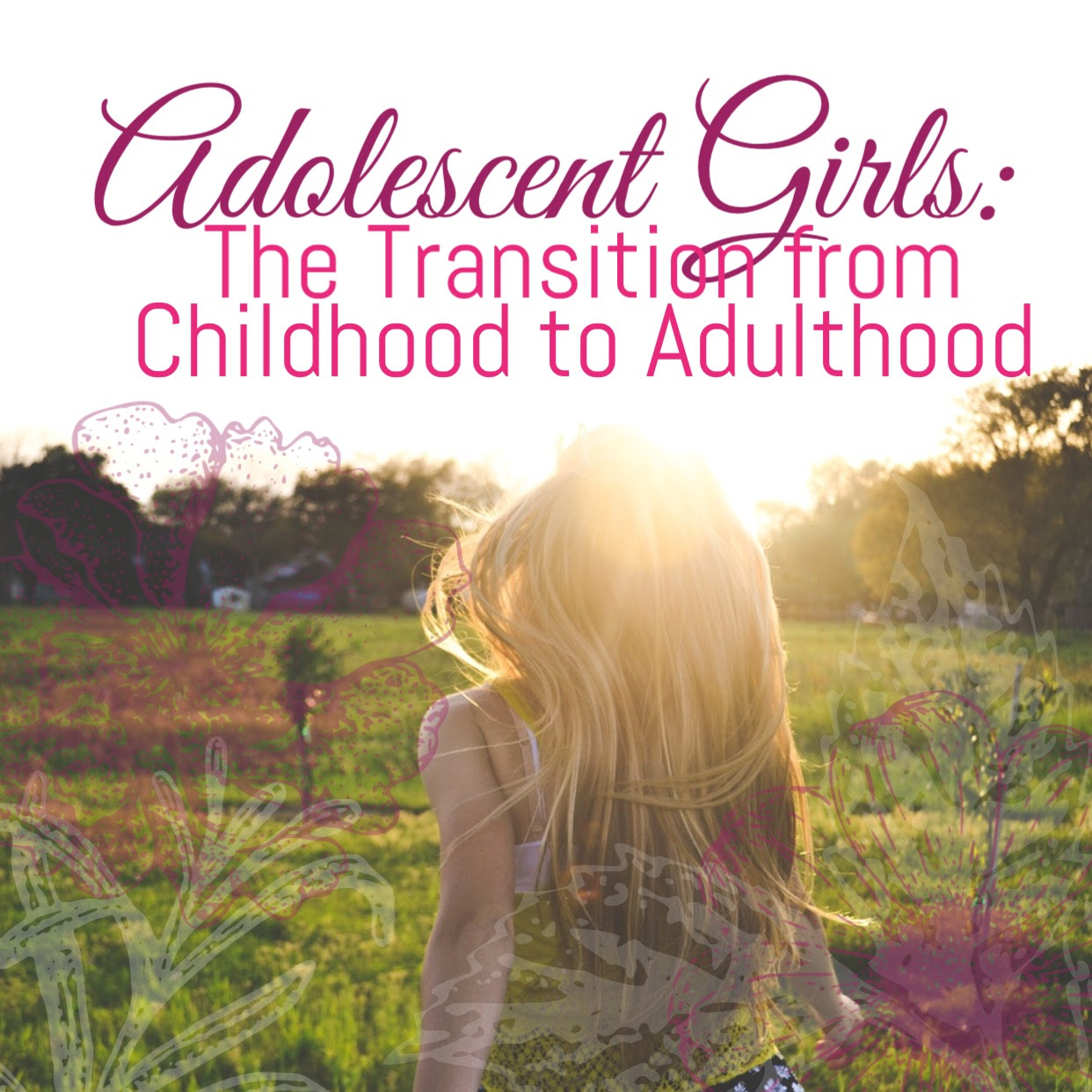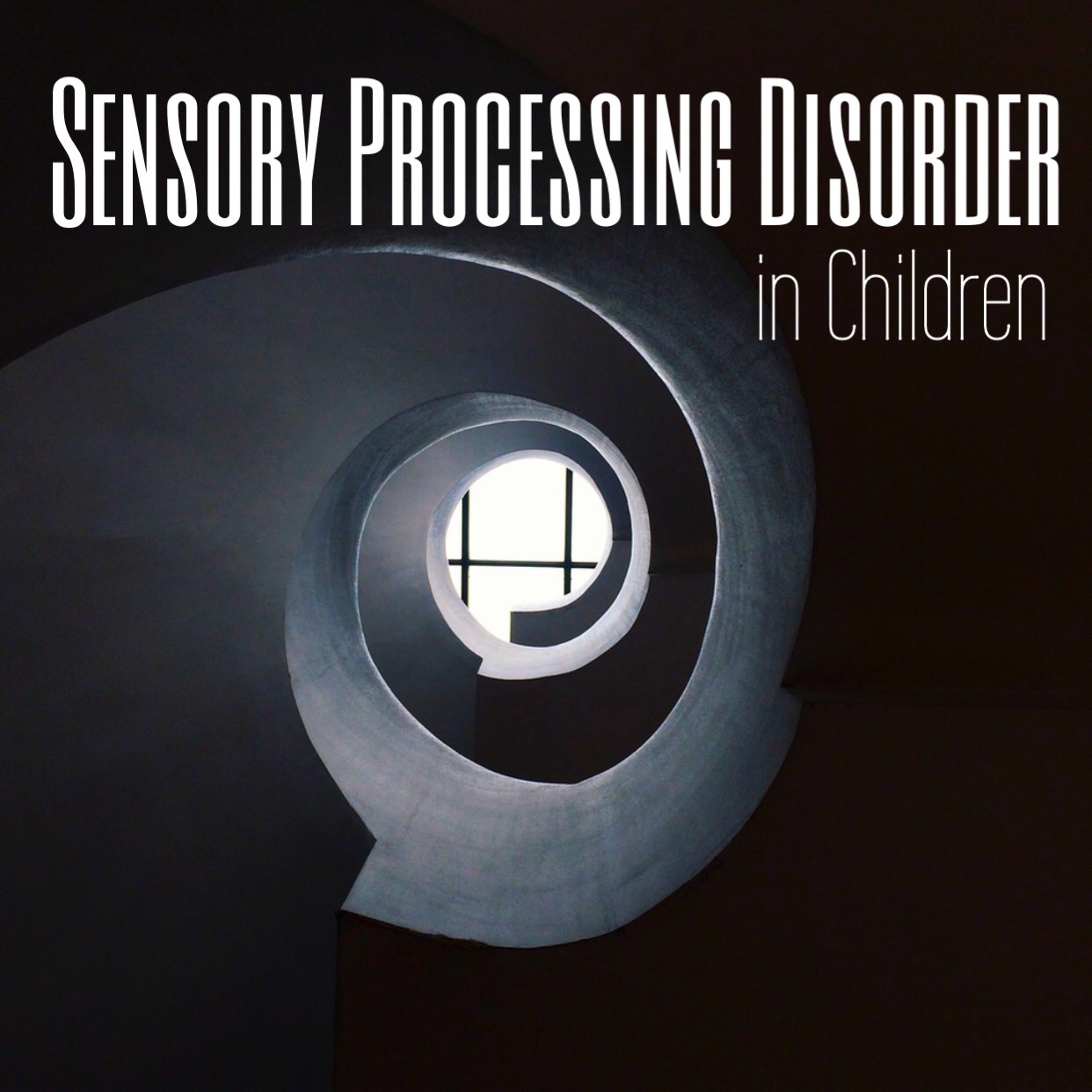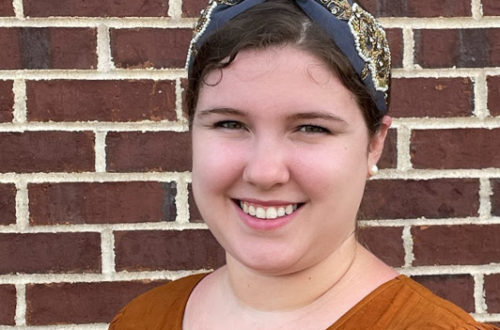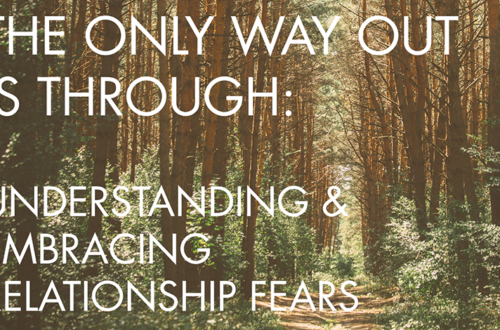
Adolescent Girls: The Transition from Childhood to Adulthood
By Megan Jung, MA, LPC
*note: this article has been edited for readability, for the original, scholarly article, click here: Jung Aug 2015 Original Article – Adolescent Girls
“Olivia, get the lead out of your pants and get a purpose,” Granny often barked at her sixteen year-old granddaughter. My friend and I laughed about her grandmother’s nerve and willingness to say what many others would not. Adolescent girls are dramatic and numb, tragic and over-simplifiers, chaotic and clawing for control, and fluctuate between unmediated sorrow and joy within minutes. Many of us can empathize with Granny, and often want to scream, “Grow up! It’s not that big of a deal, and neither are you!” However, if we take a moment to notice and examine the world in which an adolescent girl lives, our understanding expands to give her grace and patience while she maneuvers through the most formative time of her life. I propose that stop seeing adolescent girls as running a gauntlet. Adolescence is certainly a trying time, but we must lean on the intentionality and purpose our Maker in how He designed life. Let us peer through this lens to see that like every human being, adolescent girls need mercy, love, help, and purpose (Pipher).
Adolescent girls, whom we will call “Olivia”, face what author, Mary Pipher, calls a “hurricane.” The “Gales” of American culture whip Olivia around and tell her she must “deny her true self and assume a false self” in order to survive the storm. During childhood, Olivia climbs trees and daddy’s shoulders, plays house and the trombone, and proudly wants to be a veterinarian because she so deeply cares for animals. Adolescence is a margin between adulthood and childhood, “it has a richness and diversity unmatched by any other life stage” (Pipher). Olivia moves between maturity of a four year-old and intellect of a nineteen year-old at the speed of light. She is desperately searching for somewhere to land that is sturdy, unmovable, and safe (Ibid).
The parts of Olivia that do not fit neatly into culture’s feminine-shaped-mold are hidden and lie dormant, at risk of dying from atrophy. Not only does Olivia suffer the loss of wholeness, but her false, fragmented self gains approval from the outside world. This means that Olivia has little to no confidence in her true self. She is utterly destroyed when she does not receive others’ approval because she places her worth in their whim. Olivia foregoes authenticity and “suffers enormous losses when she stops expressing certain thoughts and feelings” (Pipher). Rather than living fully from her heart, Olivia adheres to society’s expectations and lives a “culturally scripted” life (Ibid).
Why is Olivia so prone to disowning parts of her real self? Why does she stop claiming her experience, emotions, and thoughts that are not customary? Why does Olivia abandon herself and react to culture so much more drastically than she did before? Pipher poignantly addresses these questions with factors that make Olivia particularly susceptible to being whisked away by the storm. The first is her developmental level. Her body shape, hormones, skin, and hair are all changing. She gains some muscle and more fat. In a culture that elevates thinness, this is only the beginning of Olivia’s confusion, frustration, and desire to conform to cultural expectations. With menarche, not only do primary sex characteristics change, but also Olivia’s secondary sex characteristics develop (Bee). She tends to feel awkward and ill equipped to handle her changing body and the attention that she gets for her body. Her body has more meaning than it did in childhood and this can easily overtake her.
Pipher is correct in saying that culture evaluates a person solely based on appearance. Many girls’ bodies do not feel like their own. It seems to be abducted by culture. For women in our culture, “the idea of neediness awakens visions of dependency [and] of lost autonomy… [But,] our culture has defined the highest good as freedom from need” (Barger). Girls are terrified of this loss of control over their changing bodies and what culture expects of them. They rebel against this loss of power and regain control over their weight. Eating disorders are thus rampant in adolescent girls of the western world. Girls like Olivia are challenged to be beautiful, and especially thin. In the last century, “unnatural thinness became attractive, so girls did unnatural things to be thin” (Pipher).
Olivia is particularly vulnerable to eating disorders. She is eager to please others and longs for a restoration of confidence. As her false self grows and seeks approval from others, staying thin can provide her a temporary boost of confidence. As she adheres to culture’s ideals of femininity, she gains momentary relief from the chaos of unknown territory. She has a secret place where she is in control… or so she thinks. It is clear that eating disorders lie and convince Olivia that they are her allies, when in fact they are her enemy (Pipher).
Olivia gains more awareness of cultural criterion. However, there is hope. Her thought processes and relationships have everything to do with how she fares. Peers and parents are “powerful agents of change” (Pipher). Olivia can be taught to find joy in appropriate ways. She needs to see that mass culture has lied to her and that she is intrinsically valuable, loveable and capable. Along with Olivia’s changing body, we should address her developing thoughts and cognition.
As Olivia enters adolescence, she gains the ability to think abstractly and reason logically. This stage often results in “naïve idealism.” Olivia develops an ideal world in her mind. When she sees that her reality does not match up, she becomes disgruntled and decides that she will change it. Although she is developing cognitively, she still has black and white thinking. Olivia’s prefrontal cortex, which controls impulses, will not be fully mature until she is around twenty years old (Taffel). These developmental factors lead her to make choices that can seem irrational, impulsive and foolish. She can quickly become dissatisfied with her solution because it is not perfect like she imagined.
In order to relate well to a young woman, we must recognize that her actions typically come from ultimately good desires. She longs for relationship, belonging, and meaning. Her mode of operation seems strange, but the underlying theme is consistent. As the author Helen Bee points out, Olivia starts to move away from her parents toward a peer group. Their main task in relationship with parents is to gain autonomy from them while preserving connection. This results in frequent conflict and confusion for Olivia and her primary caregivers. Throughout adolescence, on average, the attachment underneath the turmoil remains strong. I found studies fascinating that show Olivia’s overall happiness is more closely tied to her relationship with her parents than to that of her peers. Not many girls like Olivia demonstrate outwardly how their parents affect them and their happiness.
Now that Olivia is older, she has the opportunity to have more bonded friendships than younger children. She is searching for her sense of self, or identity within relationships. Peers feel like allies in a foreign land. Many parts of this movement are natural and good. It is necessary for our relationships to change as we grow up. This is healthy, yet difficult for parents. Few can keep this perspective as they grieve the loss of their “little girl”. As Olivia pushes them away, parents feel failure, incapable, misheard, and excluded. It is difficult to see that the changes are related to Olivia’s developmental stage and context.
So, how do we help Olivia survive this fifteen year-long hurricane? How do we help her remain true to herself and not divide under cultural pressure? Pipher calls us to build a “fence at the top of a hill.” We hedge her in with loving friends and family. We provide her freedom to develop in a safe environment. We help her learn self-nurturing skills and ways to foster her talents. We give her meaningful work, challenges, and a sense of purpose that lets her see that she is part of a bigger story (Pipher). We help her to see that her identity is not in what others think of her or her capabilities. We help her to see that her whole, true, exposed self is loveable. We help restore her childhood assumption that it is “good to be in a room with her,” (Zink).
Olivia is intuitive and can see that many adults do not take her seriously. Pipher maintains we need to give Olivia purpose and meaningful work. I cannot agree with her more. At a time when Olivia begs to know her place in society, a sense of purpose is vital. We must give her expectations and challenges so she can see that she is useful and necessary to society. Giving her a role to play may help her see that her value is not in her physical appearance or others’ approval. Olivia needs to be seen as a person who has something to offer. “In a rapidly aging society, youth may prove to be a precious resource, a source of energy to revivify a culture addicted to reruns,” (Hine). We are so quick to not listen to teens because they can seem confusing and volatile. In the midst of a storm, she does not need to be further isolated. We need to draw near and listen intently to the cry of her soul. It is not so different from our own.
 About the Author
About the Author
Megan Jung, LPC at Agape Christian Counseling, earned a Masters in Counseling from Covenant Seminary in St. Louis. She is a licensed professional counselor in Missouri. She enjoys collaborating with people to examine patterns, hurt, and shame in order to find health and fullness in life. Prior to graduate school, Megan worked for two years with women on a college campus dealing with issues such as broken families, spirituality, and identity formation. Click on the picture to the left to read her full bio.
REFERENCES
- Barger, Lilian Calles. (2003). Eve’s Revenge—Women and Spirituality of the Body. Grand Rapids: Brazos Press.
- Bee, Helen and Denise Boyd. (2008). Lifespan Development (5th ed.). Boston: Pearson.
- Hine, Thomas. (2001). The Rise and Fall of the American Teenager. New York: HarperCollins Publishers Inc.
- Pipher, Mary. (1994). Reviving Ophelia—Saving the Selves of Adolescent Girls. New York: G. P. Putman’s Sons.
- Taffel, Ron. (2001). “The Wall of Silence”. Psychology Networker. May/ June, 52-29.
- Wells, David. (2008). The Courage to Be Protestant. Grand Rapids: Wm. B. Eerdmans Publishing Co.
- Zink, Dan. (2009). Crisis and Transition Class at Covenant Theological Seminary.





